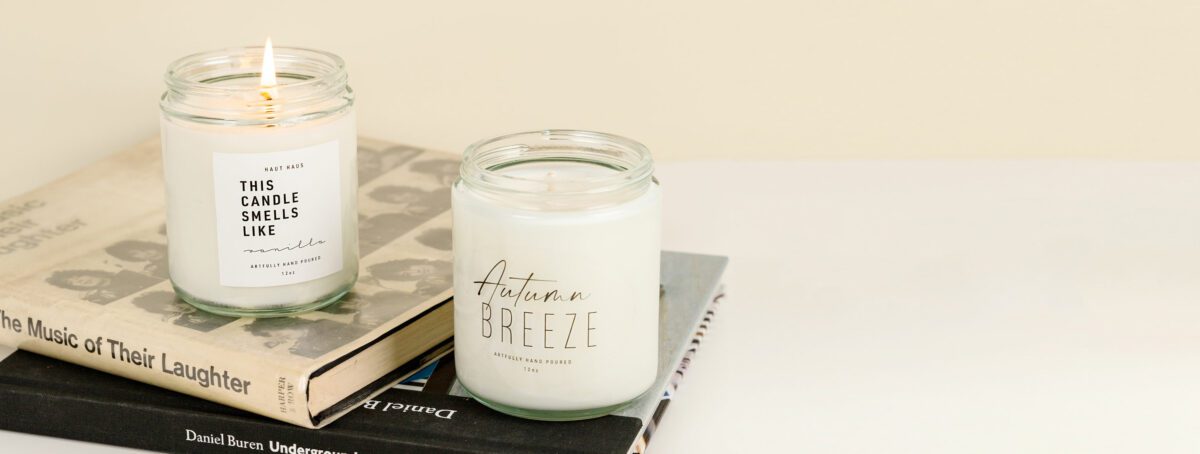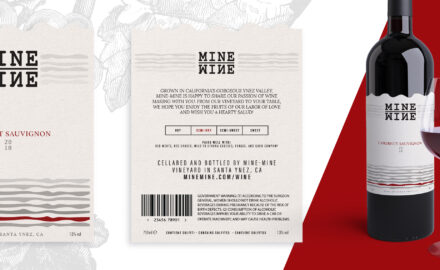Minimalist label designs aren’t as hard as you think
More articles you might like:
Designing a label can be a daunting feat. Sometimes it’s the simplest concepts that can prove to be the most difficult. Take minimalism. In recent years we have seen its resurgence in everyday life as well as design.
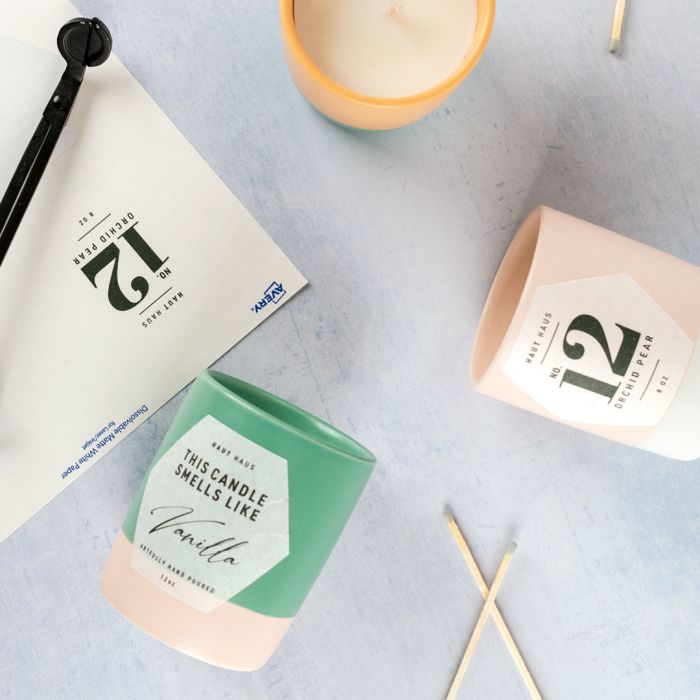
What is minimalism and what does it have to do with labels? Minimalism, in graphic design, is the use of only the essential elements to create a more impactful message. This means using simple forms, text, and color in a design to focus the audience on a key message.
While more complex label designs can be loud and demand attention on multiple points, minimalism is very clean and concise. A minimalist design only shares the most important information for the product or message it is selling. Essentially, it takes the old adage of “less is more” and makes it law.
When to use a minimalist design
When considering using minimalism for your labels or branding, ask yourself a few questions. Does a minimal design match your products? How will the labels complement the product you’re selling? Will it help elevate the product’s appearance? You don’t want to risk using a minimalist label on a product that will only make it drab and boring. You only want to use minimalism if it complements your company’s brand.
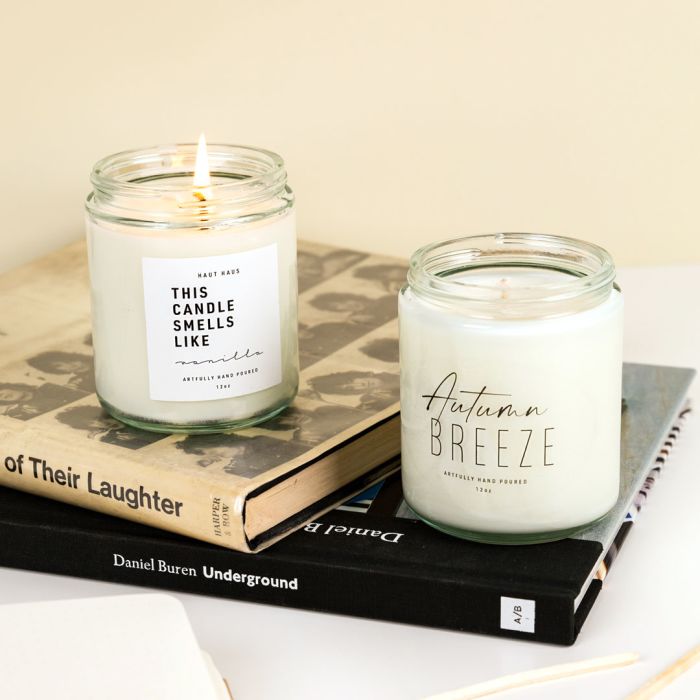
Oftentimes we are the heart of our brand. In those cases, it is important for our branding to also match our own unique style. When matching your branding with your product, it is very important for your label to convey a professional and elevated impact, whether minimalist or not.
If you’re designing your own labels, it’s important to create a design that is easy to edit and repurpose, since maintaining a consistent look across your products is crucial. It creates a powerful impact and gives your product line a professional look. Minimalist labels can be a very quick and easy way to create strong, impressionable branding without needing a lot of hands-on technical design skills.
Minimalist designs with an impact
When using a minimalist design, there is always a danger of creating an underwhelming final product that doesn’t look as professional as you would like.
There are four key rules for a minimalist design:
- Keep it simple
- Focus on function over visual
- Know your spotlight
- Be mindful of proportions, font choice, and colors
Keep it simple
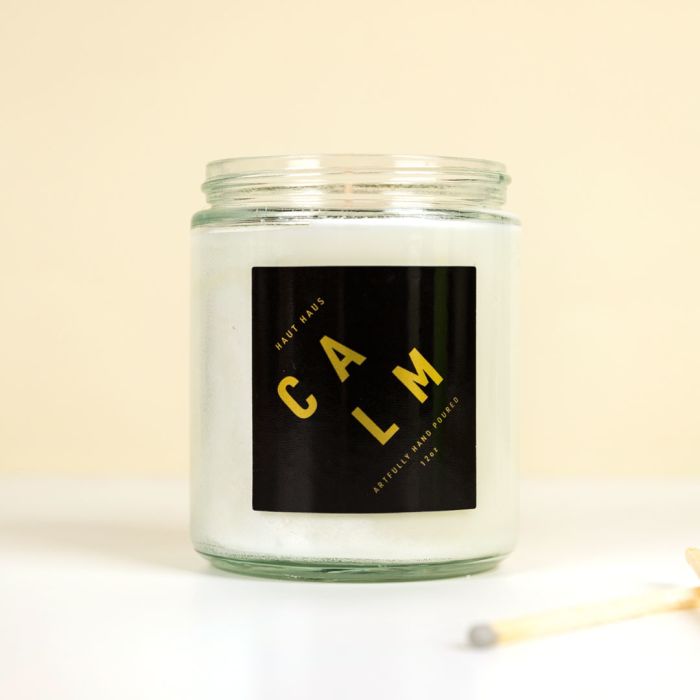
As we have already covered, minimalism is all about simplicity. It requires very little but intends to convey a strong message. It demands we take a deeper look into what we are trying to say and aggressively trim the fat.
This does not mean you should eliminate all design elements but only keep design elements and messaging that are important for sharing. It requires mindfulness when implementing the different elements.
Focus on function over visual
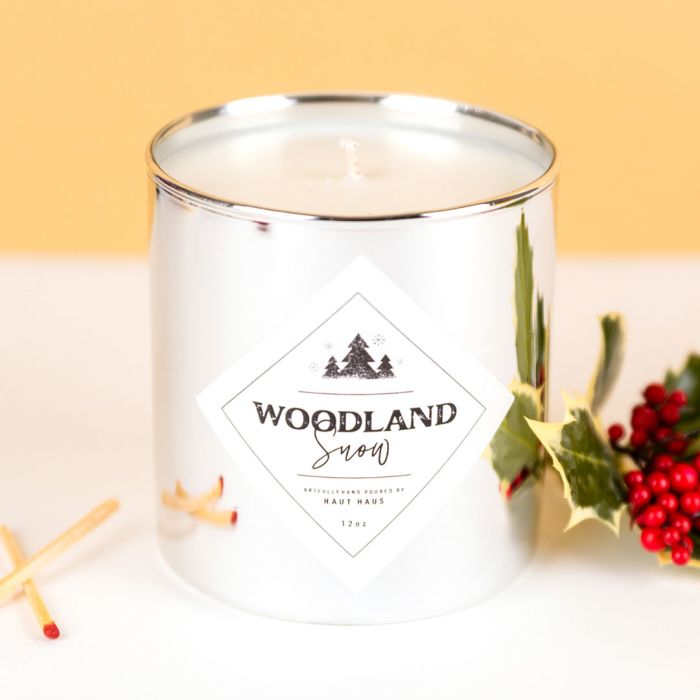
Every element in a minimalist design should serve the purpose of elevating your key message. Ask yourself, “Do the information and design elements serve a purpose, or are they simply there to look nice?” That is the most important thing to consider when creating a minimalist design.
You want to prioritize your main content. Every element in a minimalist design should work to bring focus to your message. And your message should be short.
Know your spotlight
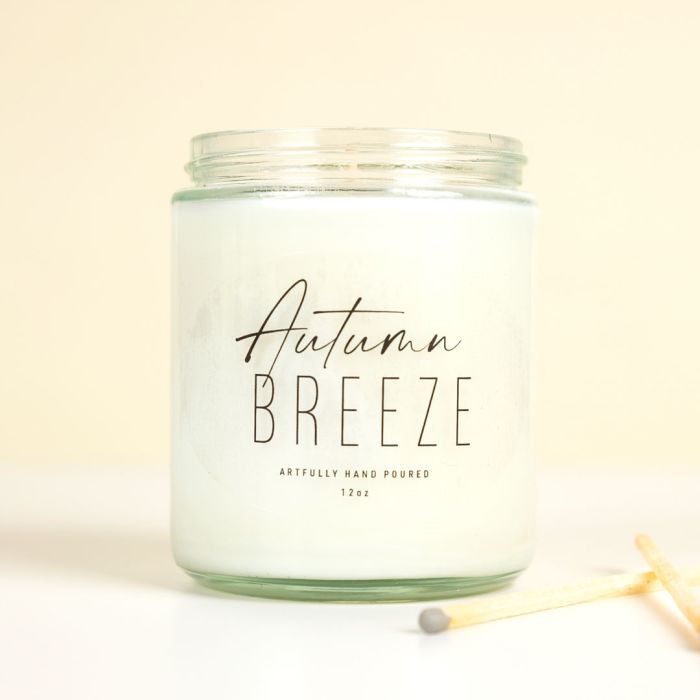
All designs have a main focus, that’s the spotlight or the hero as it’s called in design. This is the most important element or message in your design. For a product, that can be the brand logo or the product identity. Before designing, you must have a strong understanding of what your spotlight is.
How you emphasize the spotlight depends on the design. Typically, you will use an element of the design to distinguish your spotlight from other items. This is done by using visual hierarchy to guide your customers’ eyes to the spotlight, with the intention of making it the first or most impactful element on your label. The spotlight can also employ the use of accent elements, such as fonts, color, and placement.
Be mindful of proportions, font choice, and colors

Minimalism is not the eradication of all creative elements of design but rather a more mindful use of them. Linework, shapes or forms, color, typography, texture, space, and proportions are all elements of design that you need to use.
For a simple design to be successful, consistency is key. Typically, a strong minimalist label will only employ a maximum of two fonts and follow a consistent rule of sizing, weight, and form throughout the design. Color is also kept to a minimum, often only two to three. Texture can also help elevate a basic design and give it a rich, robust look.

Linework, space, and proportions are the most crucial elements to focus on because it is very easy to make mistakes in these areas. You want a balanced design that does not contradict the rules of visual hierarchy. The most important information should be the most visible. This can be done through accent elements, size, placement, or by isolating the element within a cushion of empty space (also known as negative or white space).
Get ready to design
Creating a minimalistic design might seem intimidating, but once you get the hang of the basics, they become some of the most beautiful and inspirational designs to create. They complement almost any product, vessel, or packaging.
Minimalist designs tend to be longstanding because they rarely employ elements that can go out of fashion. An added bonus is that they are more eco- and budget-friendly because they usually don’t require as much ink as other styles.
It is really easy to appreciate a simple design that is simple to read and easy to find the most important information. That is why minimalism has been a staple in packaging design and professional branding for decades.
Designing a label can be a daunting feat, which is why Avery offers a vast array of ready-made templates for businesses that can be edited as needed. Or if you design your label in another software program, you can simply upload it into Avery Design & Print, and order custom printed labels or print them yourself.
Hopefully, these tips will help you in your next project. If you have any design questions or need any help with your labels, cards, or tags, please reach out to our awesome customer care team at 800-942-8379.

